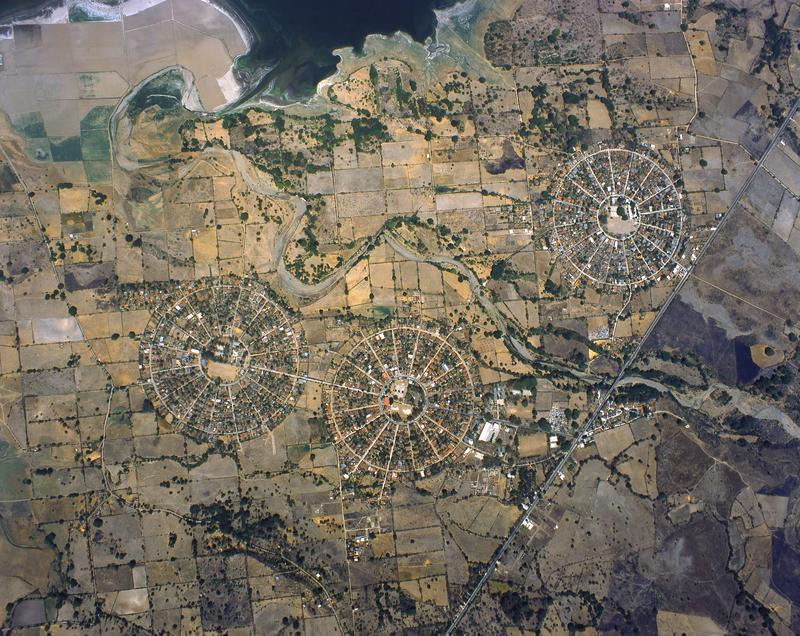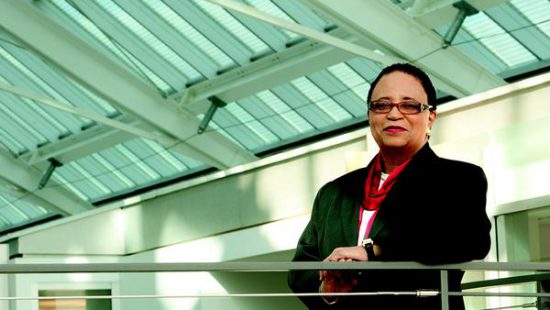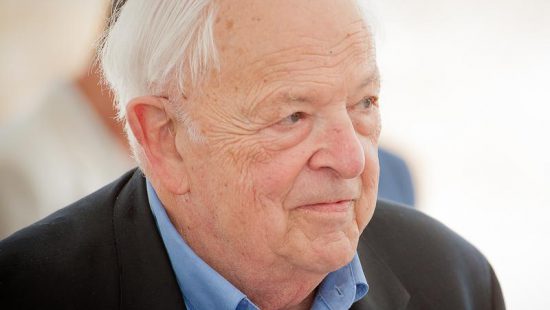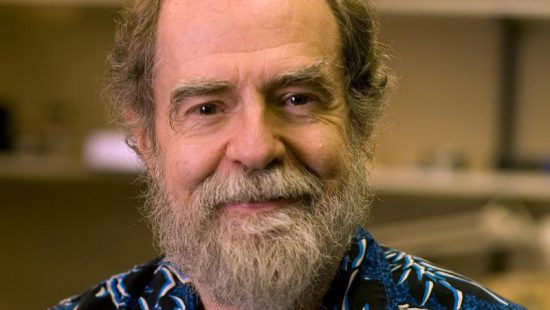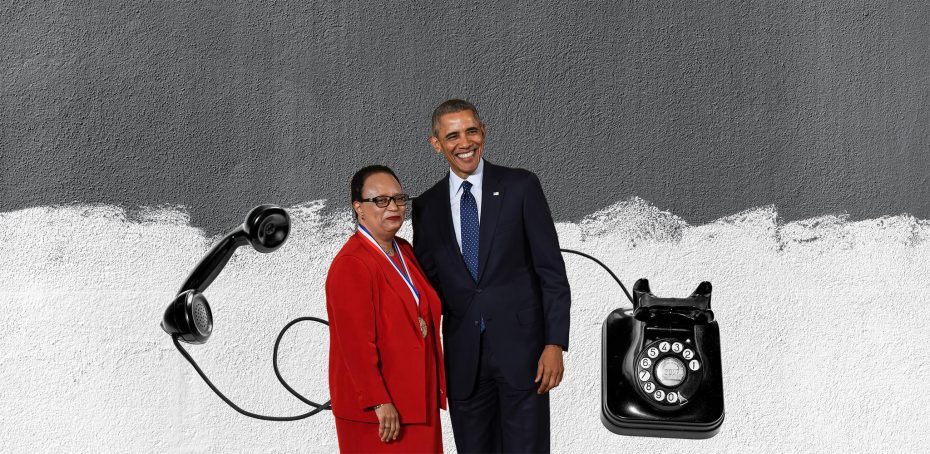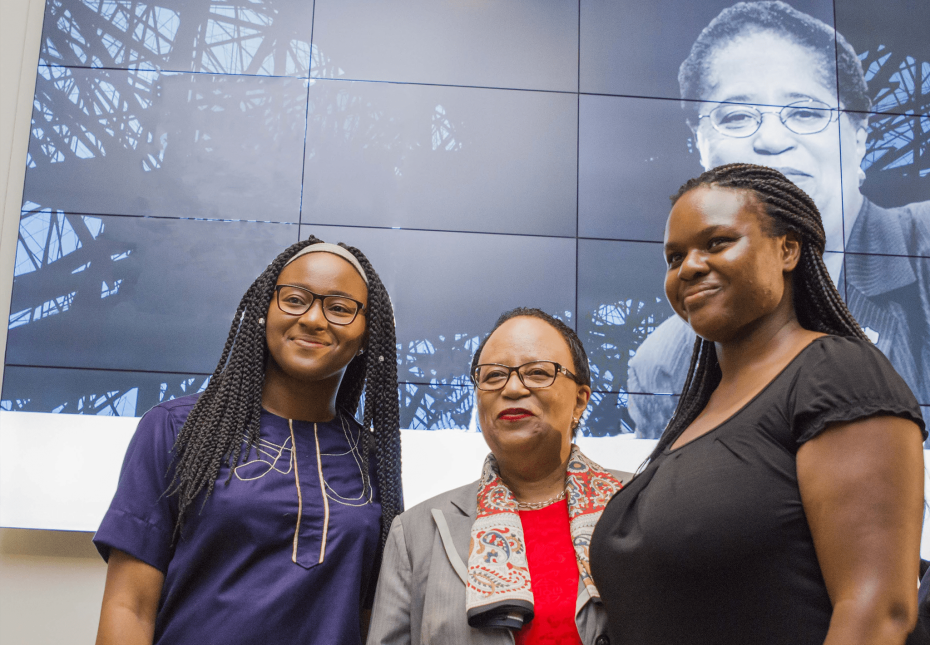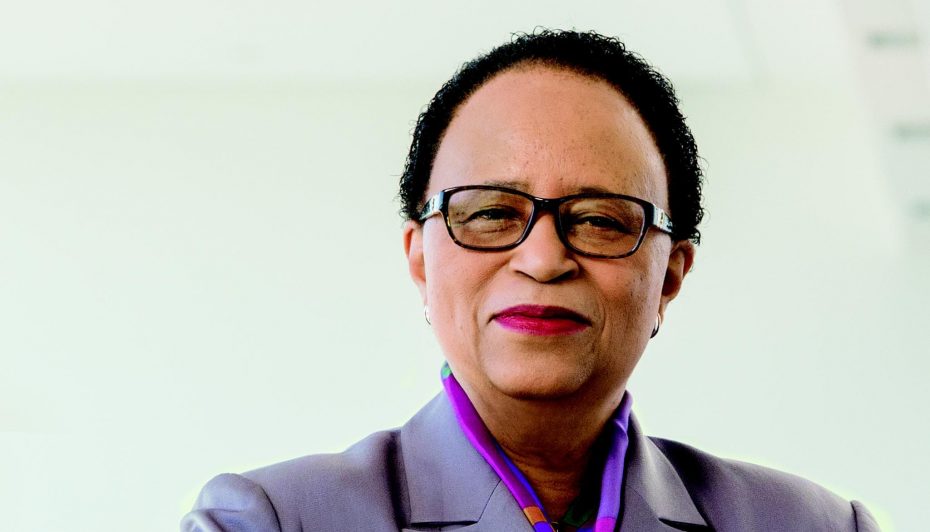As a boy, Arthur L. Schawlow was interested in scientific things– electrical, mechanical, or astronomical– and read nearly everything that the local library had on these subjects. He intended to go to the University of Toronto to study radio engineering. But in 1937 as the depression took its toll, he relied on a scholarship in mathematics and physics to be able to attend.
After obtaining his graduate degree at Toronto, a post-doctoral fellowship took Schawlow to Columbia University to work with Charles H. Townes, a leader in the field of microwave spectroscopy. The two set out to extend microwave spectroscopy out to optical wavelengths. In 1960, Schawlow and Townes patented the first ever laser spectrometer. Spectroscopy allows researchers to study a large variety of materials in the solid, liquid, or gas phase, either in a pure form or in mixtures, over a range of frequencies.
Schawlow entertained students and other audiences by shooting a laser through a transparent balloon to pop the dark Mickey Mouse balloon inside. His demonstration illustrated the laser’s selectivity– it could be tuned precisely to pass through the transparent outer balloon without burning it. With advances in spectroscopy, researchers can observe and study very small numbers of atoms with such precision.
By Jen Santisi

